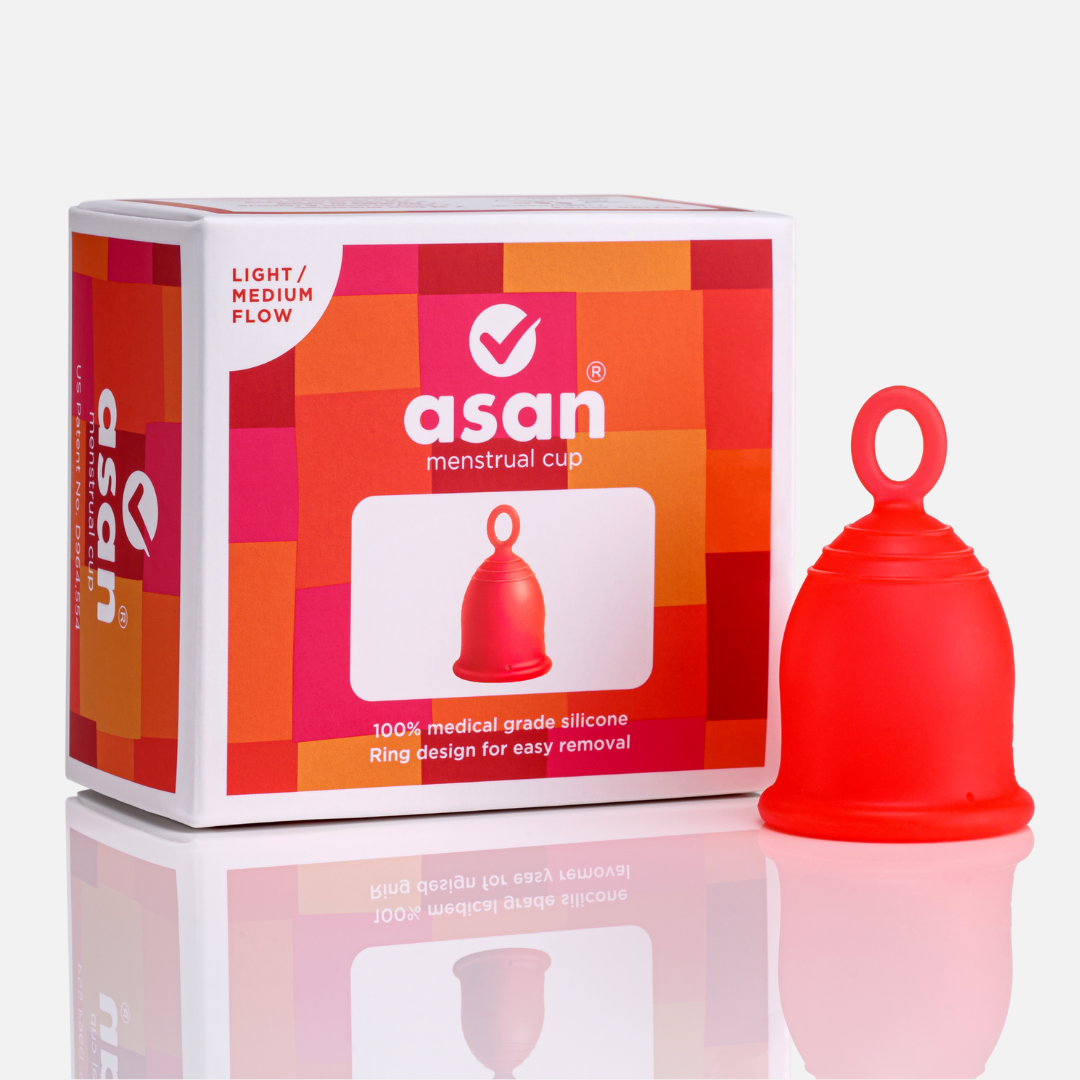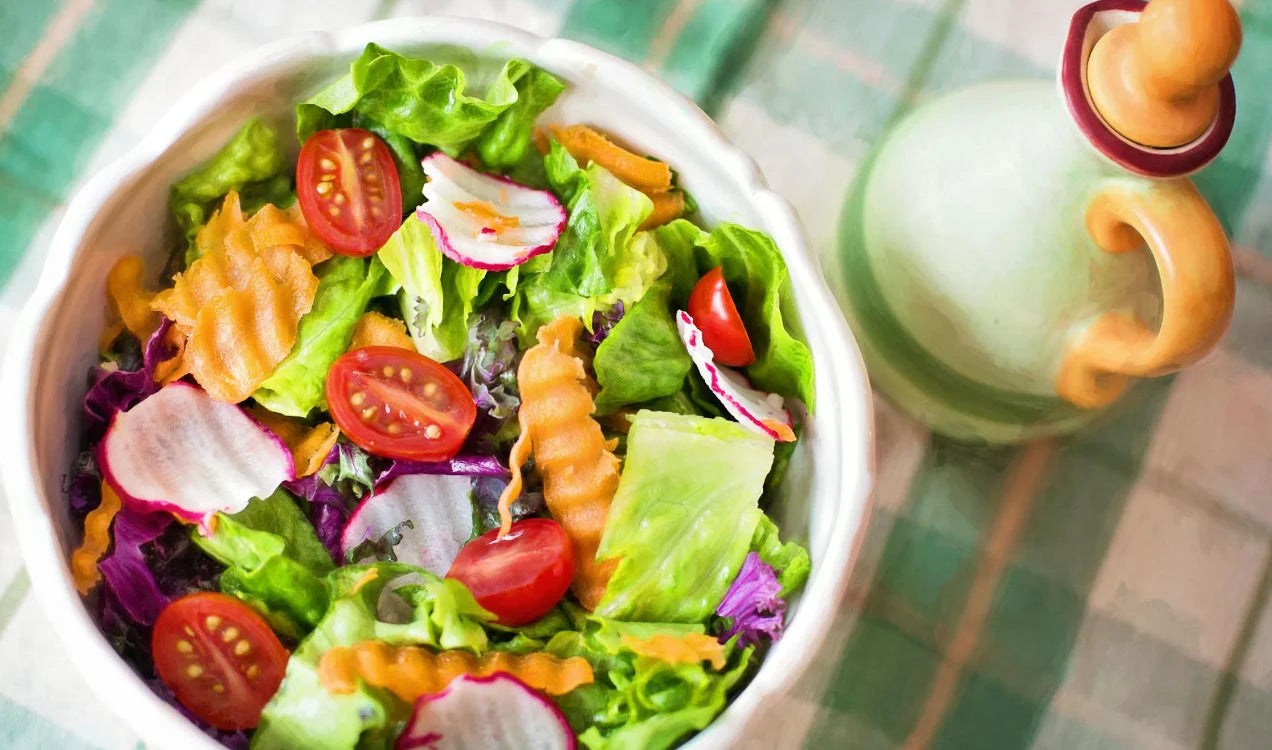
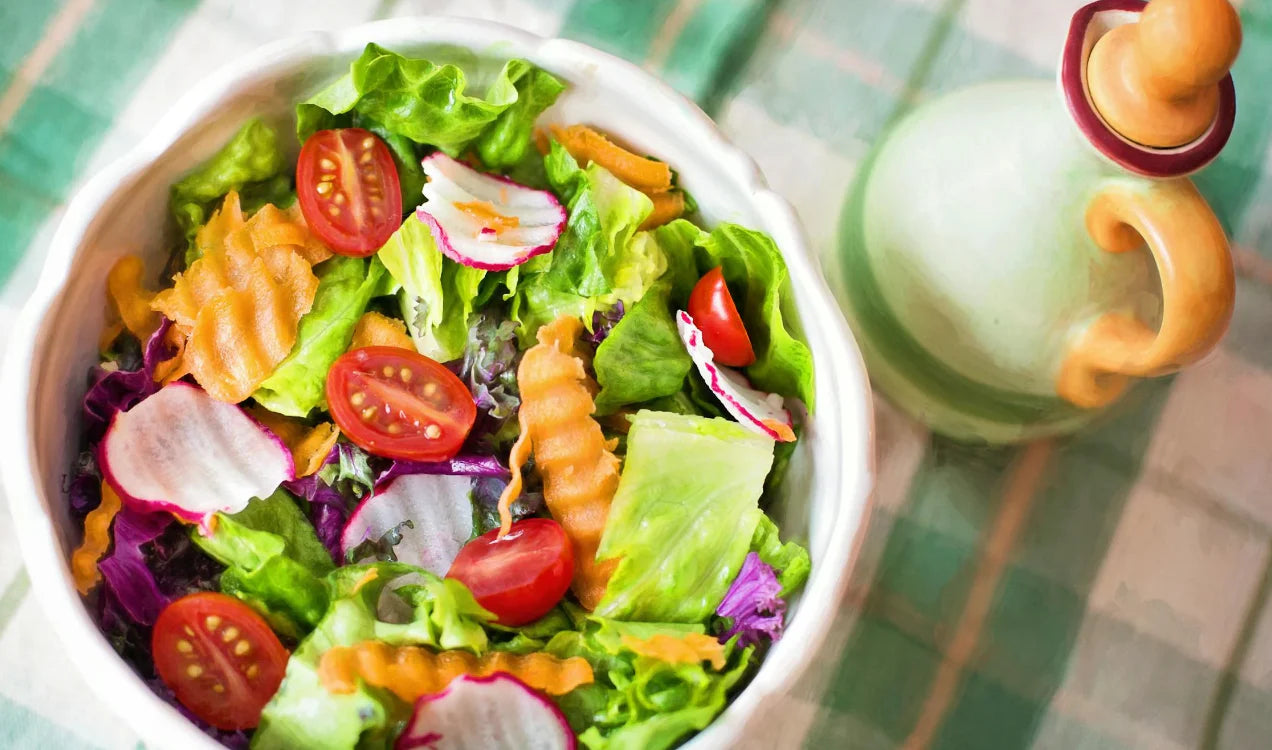
Do you notice your cravings changing throughout the month? You’re not alone!
Each phase of your cycle impacts how you feel, what your body craves, and what it needs. These changes are driven by the different functions your body performs during each stage of your cycle, leading to constant fluctuations in hormone and energy levels.
That's why understanding menstrual cycle nutrition is key to supporting your body with the right nutrients at the right time.
Understanding your body and providing it with the right follicular phase nutrition can help balance your hormones, improve your mood, boost overall health, and reduce PMS symptoms.
This blog explores the follicular phase diet and highlights the top 5 foods to include in your diet to feel your best during this time.
What is the follicular phase?
It is the first phase of your menstrual cycle and technically lasts anywhere between 14-21 days. It starts on the first day of your period and lasts until ovulation.
It is literally the longest phase of your menstrual cycle, and does overlap with the menstrual phase for a period of time.
After the menstrual phase ends, the brain releases the follicle stimulating hormone (FSH) and the luteinizing hormone (LH) to stimulate the growth of eggs in the follicle.
Your oestrogen levels also rise in order to regrow the endometrial lining of your uterus, and prepare for the release of an egg.
During the follicular phase, you may notice that your energy levels rise and you start to feel like yourself again after your period!
To learn more, read this blog on the 4 phases of your menstrual cycle.


What should I eat during this phase?
During this time, the foods to eat during the follicular phase should include those that promote cell growth and energy balance.
Your body leans more on carbohydrates for energy rather than fats or proteins, so increasing your carb intake can help you feel both satisfied and healthy.
Knowing what to eat in the follicular phase for hormone balance can make a big difference in how you feel.
Additionally, magnesium levels are often lowest during this phase so eating foods high in magnesium and vitamins can help manage period pain later in the cycle.
To understand more on how to manage period pain and other symptoms, read this blog on top 5 ways to manage your PMS symptoms.
It can be helpful to focus on hormone balancing foods for the follicular phase that will help with the balance throughout the cycle.
This is the ideal time to also follow a fertility diet for the follicular phase that can support your body’s natural processes, boost energy, and support fertility.
Here are the top 5 foods you can consider including in your follicular phase meal plan.


1. Healthy fats and carbohydrates
These are essential macronutrients. While healthy fats such as those found in avocado, nuts, seeds and olive oil serve as building blocks for hormone production, complex carbohydrates provide sustained energy, regulate blood sugar levels and promote stable hormone production.
You can include complex carbs such as quinoa, whole grains (brown rice, oats), legumes (beans, lentils, chickpeas), and starchy vegetables such as sweet potatoes, peas and corn.


2. Omega-3 fatty acids
Omega-3 fatty acids are anti-inflammatory and help reduce inflammation and ease symptoms of PMS, especially in the early stages of the follicular phase (when it overlaps with the menstrual phase).
They also support hormone production which is important during this time.
Foods that include omega-3 fatty acids are usually nuts and seeds, specifically walnuts, pumpkin and flax seeds, chia seeds.
For those who eat fish, salmon is another great source for an omega-3 boost!
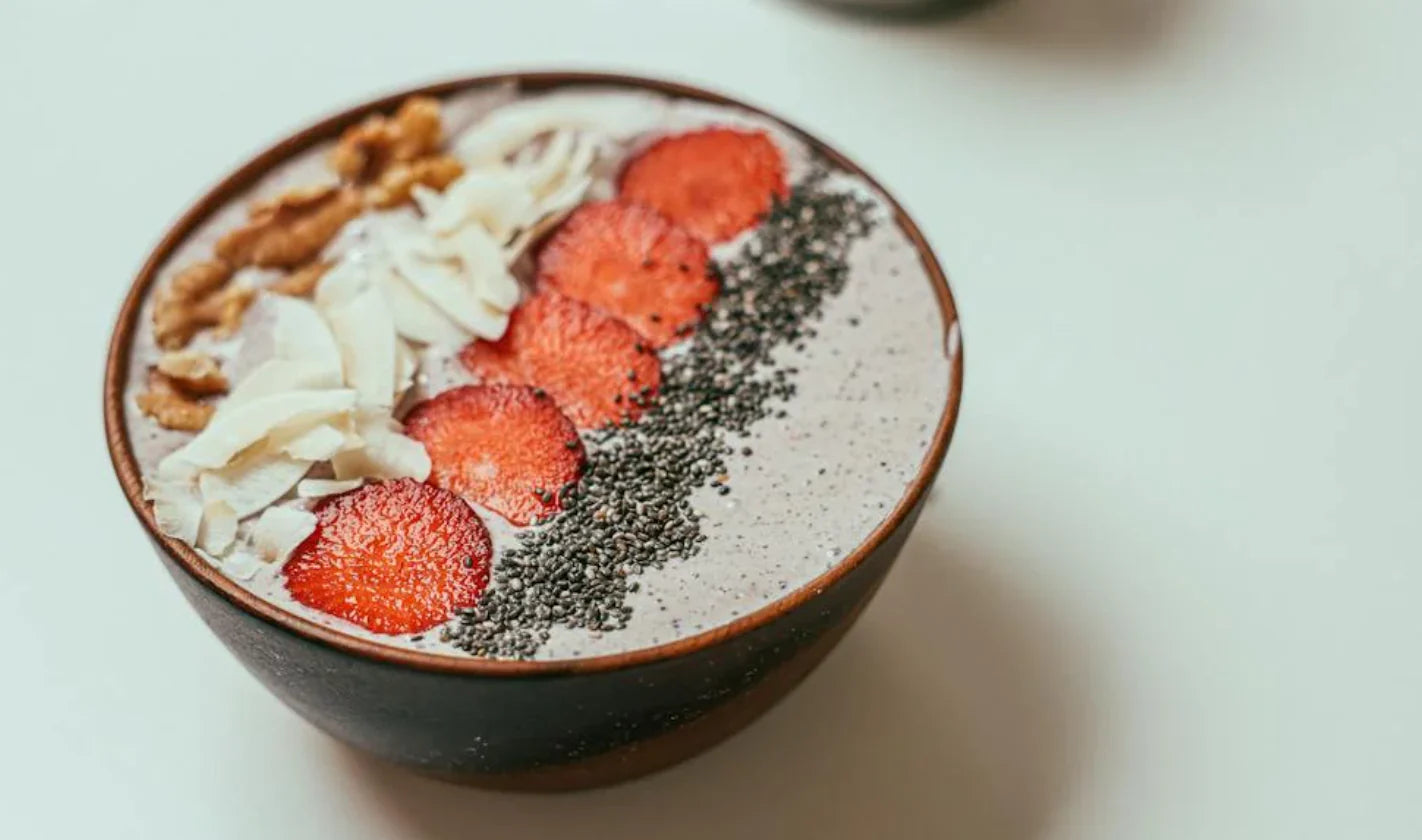

3. Magnesium
As mentioned earlier, magnesium levels are the lowest during this phase of your cycle. Magnesium is an essential mineral and it plays a crucial role in hormone regulation, energy production, blood sugar regulation and calming the nervous system.
Including foods high in magnesium, such as green leafy vegetables (spinach, kale), dark chocolate, tofu, nuts, and seeds like almonds, cashews, and sunflower seeds, can help reduce stress and manage period pain later in the cycle.
Additionally, incorporating natural fertility foods can support hormonal balance and overall reproductive health. Leafy greens are one such food that boost fertility in the follicular phase.
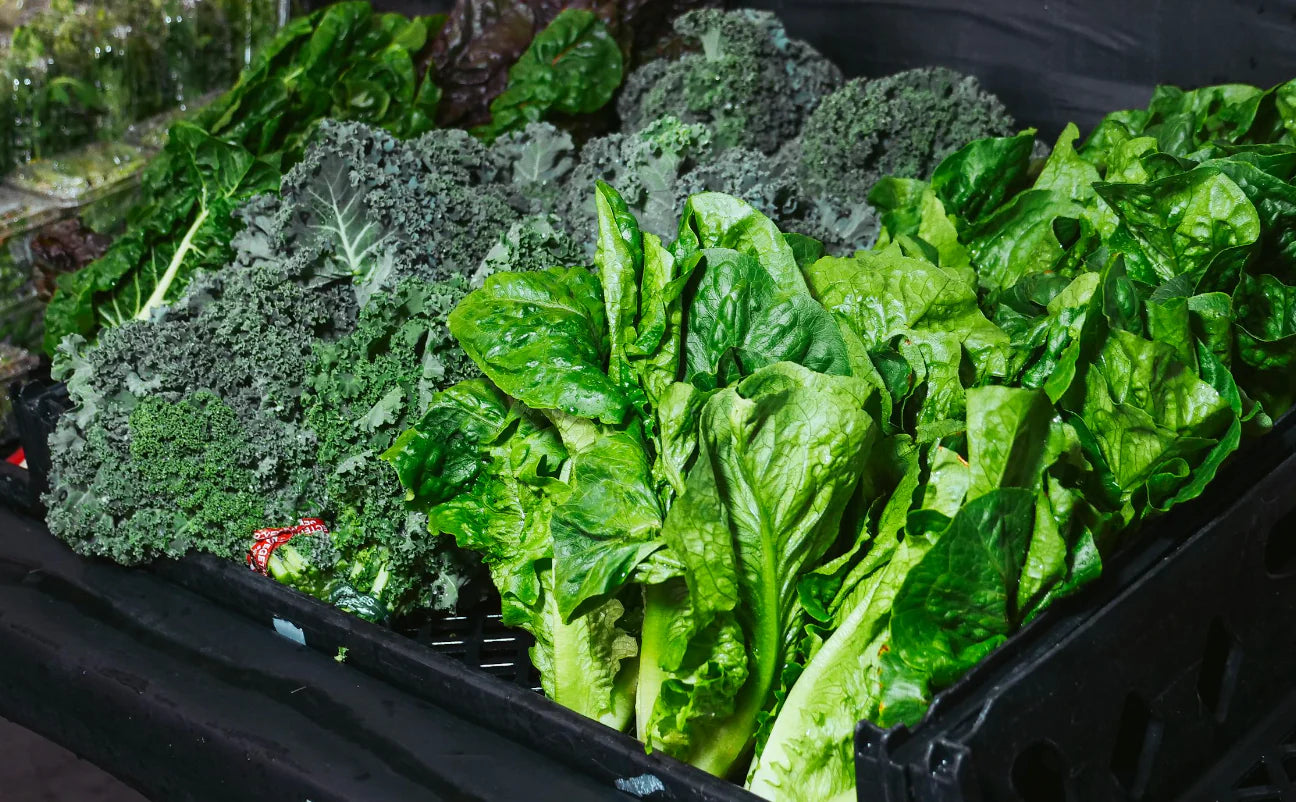
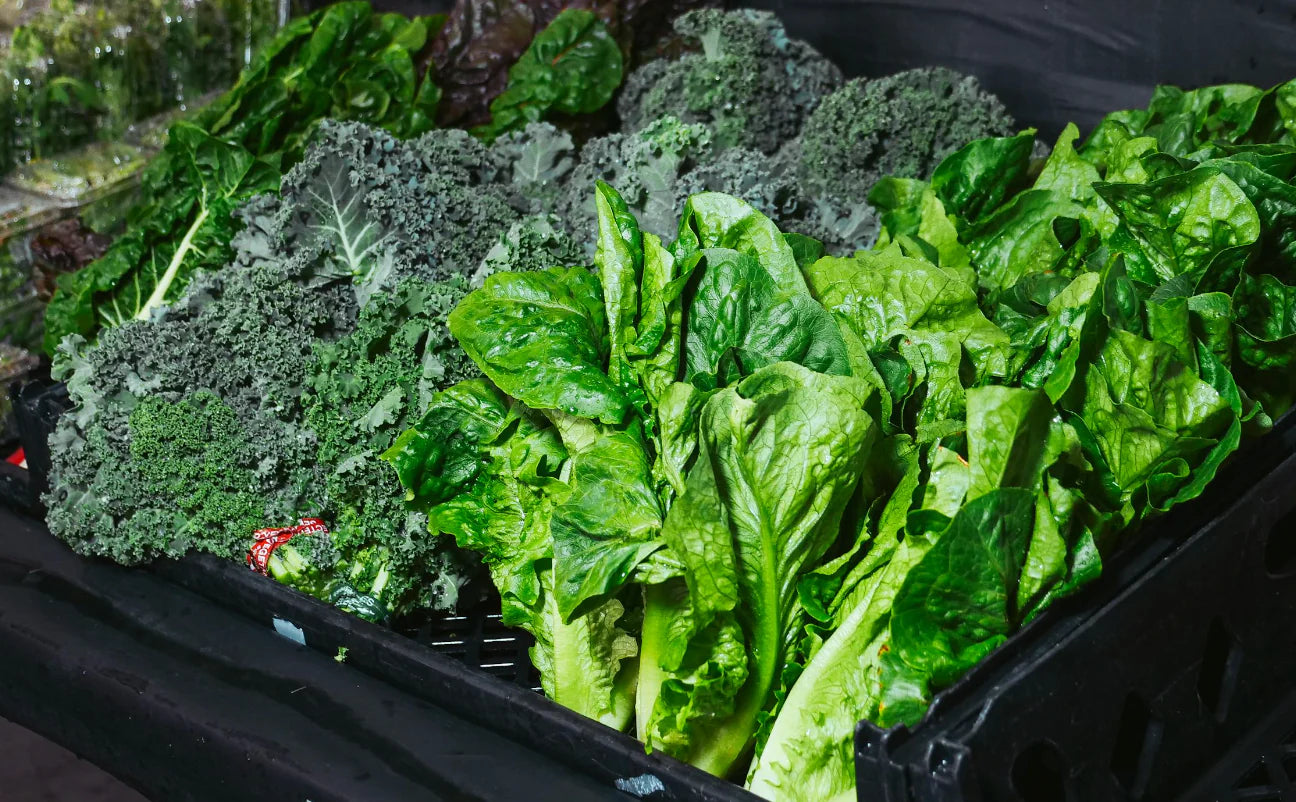
4. Antioxidants
During the follicular phase, antioxidants are important for various reasons. They protect ovarian health, support hormonal balance, boost immune function, improve energy levels and reduce inflammation.
Foods rich in antioxidants that you can include in your diet are berries (strawberries, blueberries, raspberries), leafy greens, brightly coloured vegetables (carrots, tomatoes, bell peppers), and certain herbs and spices such as turmeric, ginger and cinnamon.

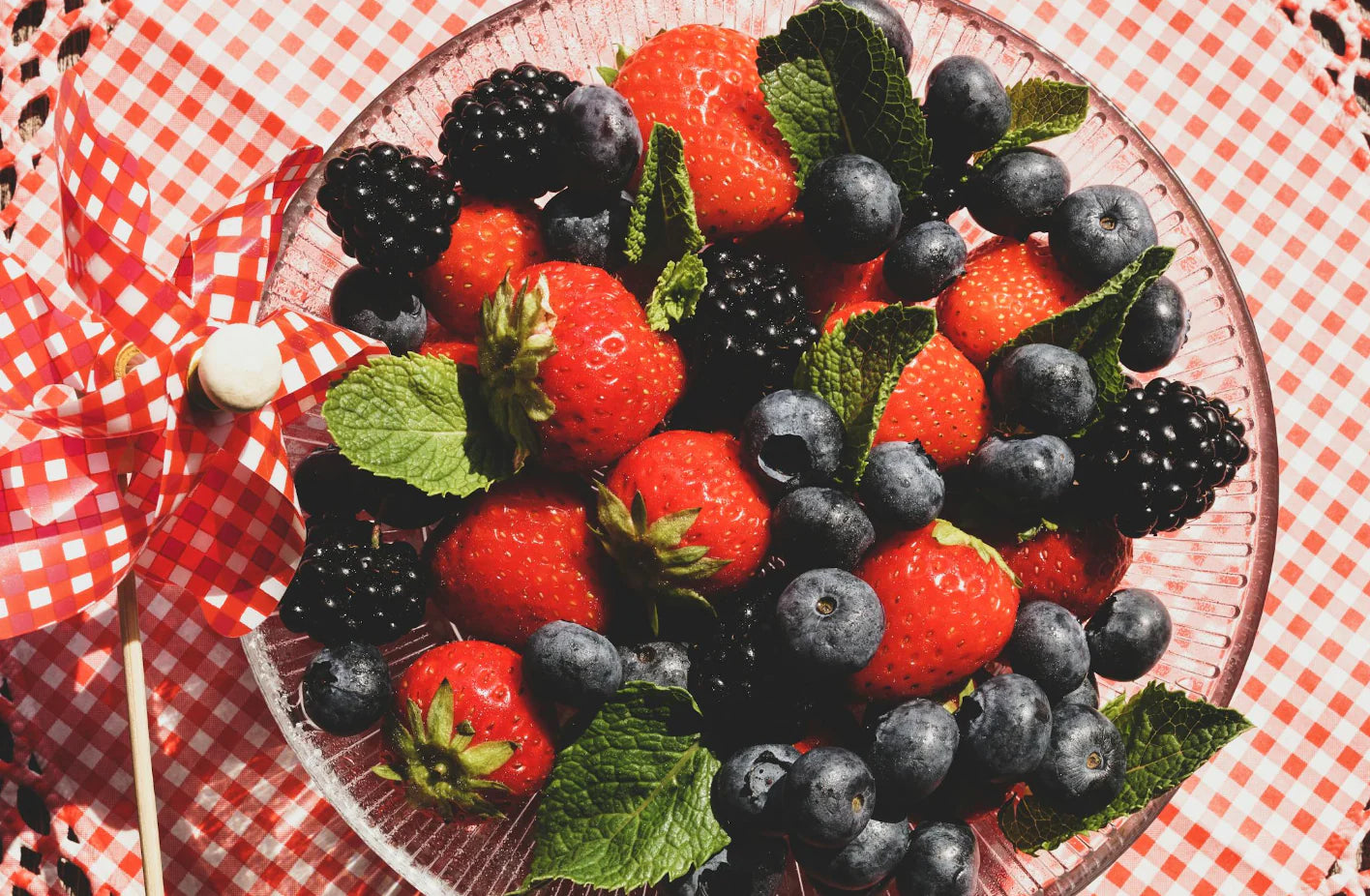
5. Fermented foods
Fermented foods are especially useful during the follicular phase of your cycle because they support gut health, hormone balance, nutrient absorption and overall well-being.
You can include fermented foods such as yoghurt, kefir, sauerkraut, kombucha, pickled vegetables and kimchi during this time to support your body and feel your best!
It’s important to remember that these top 5 foods to eat during the follicular phase are just a guide and everyone’s menstrual cycles and needs are different.
You can use this to understand healthy foods for the follicular phase, and build your cycle syncing diet for the follicular phase around it.
A menstrual cycle diet can help optimize how you feel during different phases, while a balanced diet for women supports overall health.
Read this blog to understand more about how nutrition affects your period.
It is impossible to have a one-size-fits-all model, and that’s why it is important to pay attention to your body and figure out what works best for you.

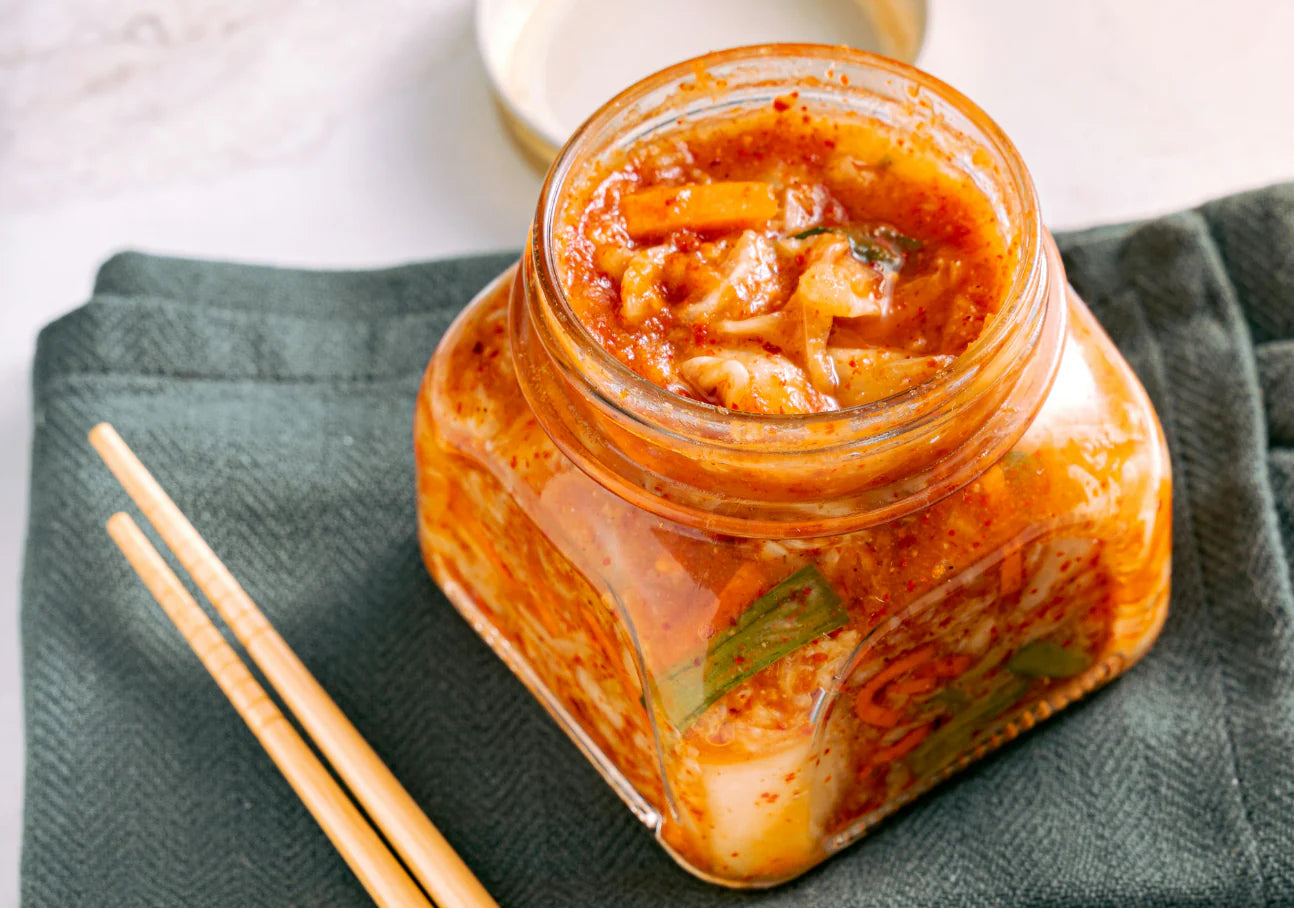
Want to stay up to date?
Follow us on Instagram
More Posts
View all-

Soothe, Energise, and Balance: Tea Tips for Every Menstrual Phase
This guide walks you through the best herbal teas for each menstrual phase, so you can manage pain, bloating, PMS and energy shifts with gentle, natural support.
Soothe, Energise, and Balance: Tea Tips for Every Menstrual Phase
This guide walks you through the best herbal teas for each menstrual phase, so you can manage pain, bloating, PMS and energy shifts with gentle, natural support.
-

Top menstrual products for excellent absorbency
Choosing the right period product shouldn’t be confusing. This guide breaks down the absorbency levels of period underwear, cloth pads, tampons, pads and menstrual cups.
Top menstrual products for excellent absorbency
Choosing the right period product shouldn’t be confusing. This guide breaks down the absorbency levels of period underwear, cloth pads, tampons, pads and menstrual cups.
-

Does period underwear really work?
This quick guide about period underwear breaks down absorbency, leak protection, materials, and what to look for so you can choose the right pair for your flow and comfort.
Does period underwear really work?
This quick guide about period underwear breaks down absorbency, leak protection, materials, and what to look for so you can choose the right pair for your flow and comfort.
-

Can period underwear be used for postpartum?
This guide about postpartum bleeding breaks down why period underwear works best after birth, why so many new mothers prefer it, and what features matter for comfort and leak protection.
Can period underwear be used for postpartum?
This guide about postpartum bleeding breaks down why period underwear works best after birth, why so many new mothers prefer it, and what features matter for comfort and leak protection.
